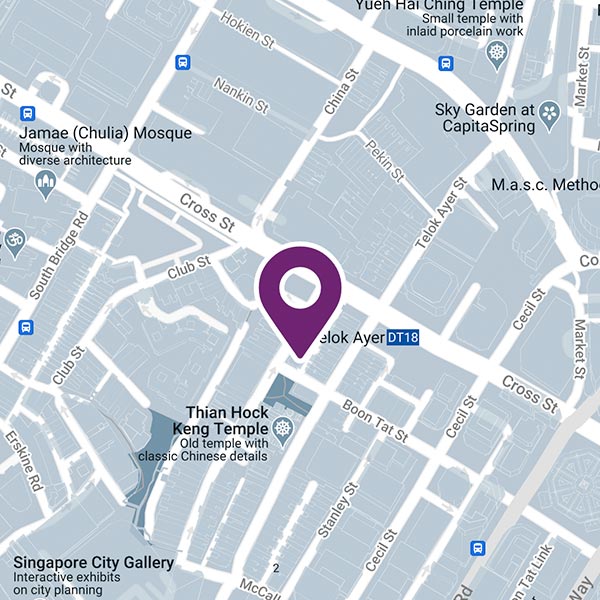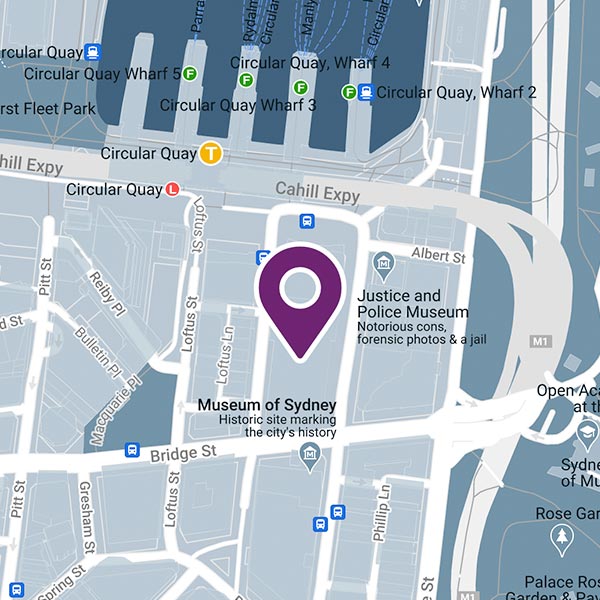You’ve built your career on hard-won experience, and that deserves recognition. But the challenges facing insurance leaders today—AI, climate risk, tighter regulation, and shifting customer needs—require something more. The pace of change is too fast to stand still. Leaders who keep learning and adapting will stay ahead, while those who don’t risk falling behind. Lifelong learning is no longer an extra, it is central to staying effective.
The New Reality for Insurance Leaders
Insurance leadership has always been demanding. But the shifts executives face in 2025 are sharper than anything in the past decade.
- Technology and AI disruption. AI is already reshaping underwriting, claims management, and distribution. Insurers experimenting with generative AI and automation are moving faster on efficiency and customer service. A McKinsey study shows AI could deliver up to $1.1 trillion in additional annual value for insurance globally. Executives don’t need to code, but they must understand its uses and its risks.
- Evolving risk landscape. Climate events are hitting balance sheets more frequently, with insured losses from natural catastrophes topping $100 billion for four straight years. Cyber risk is now ranked among the top three threats by global insurers, with demand for cyber coverage growing 25% annually.
- Regulation and ESG. From EU sustainability disclosure rules to US climate risk reporting, boards are under intense scrutiny. Insurance leaders must be fluent in ESG frameworks and able to defend decisions in front of regulators.
- Workforce shifts. Millennials and Gen Z make up nearly half the global workforce. They value purpose, inclusion, and visible leadership development. Leaders who fail to connect with these expectations risk disengagement and attrition.
- M&A and competition. Global consolidation and new entrants from tech and retail are creating new business models. Embedded insurance is growing quickly, projected to account for $700 billion in gross written premiums by 2030. Leaders must learn from outside the sector to stay competitive.
The picture is clear. The demands on leaders are multiplying, and only those who keep learning can meet them.
Why Ongoing Learning is Non-Negotiable
Lifelong learning is no longer optional for executives. It is a visible marker of credibility and resilience.
- Boards are watching. Boards expect more than experience—directors now demand fluency in emerging domains. In PwC’s 2024 director survey, only half of directors say they feel sufficiently informed about AI risks, even though nearly 70 % trust management to execute AI strategy. Leaders who don’t show up with current, credible knowledge risk losing board confidence.
- Learning agility as a hiring factor. Studies show that executives with high learning agility are far more likely to be seen as top leadership potential. In fact, one analysis found they were 18 times more likely to be recognized as high potentials
- Business performance depends on it. Deloitte research found that companies with strong learning cultures are 52% more productive and 92% more likely to develop new products or services successfully. In insurance, that innovation is the difference between leading in parametric solutions and lagging behind.
Learning is not a “soft” skill. It is one of the most reliable predictors of executive effectiveness.
What Executives Can Do Now
Executives who want to stay relevant must treat learning like strategy. Here are practical steps:
- Schedule it. Block 10% of your time for learning—whether through board briefings, podcasts, or academic partnerships. If it’s not scheduled, it won’t happen.
- Learn from peers. Join roundtables, advisory boards, or cross-industry forums. The best insights often come from outside insurance.
- Reverse mentoring. Create channels where younger colleagues can teach you about digital tools, customer expectations, and culture.
- Experiment small. Trial new ideas with limited exposure. It builds learning into real decisions.
- Be transparent. Share what you’re learning with teams. It builds credibility and models the behavior you want across the business.
The 2025 Skills Toolkit for Insurance Leaders
Executives should invest in five domains of learning:
- AI and Data Fluency
Understanding how AI supports pricing, fraud detection, and claims. Leaders must know the ethical risks—bias, data privacy, and governance. - Sustainability Literacy
Beyond compliance, sustainability is now a market differentiator. Customers and investors want products that align with ESG values. Executives need fluency in carbon risk, transition finance, and sustainable underwriting. - Cross-Industry Insight
Partnerships with fintech or healthtech players show how ecosystems are reshaping finance. Learning from these models can unlock growth in insurance. - Leadership Agility
Leading through volatility requires resilience, empathy, and adaptability. Emotional intelligence and the ability to work across generations will define team success. - Governance and Stakeholder Skills
Executives must be ready to defend decisions in front of regulators, investors, and customers. This means not just compliance but communicating with clarity and authority.
Why This Matters to HR and L&D Leaders
For HR and L&D, the task is to move beyond programs to systems.
- Assessment-driven learning. Use leadership assessments to spot gaps in resilience, risk understanding, and adaptability.
- Learning ecosystems. Combine internal academies with external executive education. Cross-border rotations, secondments, and short-term projects sharpen learning in practice.
- Board involvement. Boards should review executive learning as part of succession planning, not just operational performance.
- Measure progress. Track learning KPIs like hours of development, new certifications, or peer recognition.
This creates a culture where learning isn’t a sideline but a board-level priority.
Preparing for What Comes Next
Over the next decade, executive education will change dramatically:
- AI-driven personalization. Learning will be customized for each leader’s role, gaps, and pace.
- Learning as a metric. Executive candidates will be assessed not just on achievements but on evidence of continuous development.
- Digital and risk-driven skills. Quantum computing, cyber, and climate risk will demand entirely new knowledge bases.
At Eliot Partnership, we believe the leaders who will define the industry in 2025 and beyond are those who are visibly learning today. For boards and HR leaders, the question will no longer be “What have they done?” but “How are they growing?”
Learning Defines Insurance Leadership
The past put you in the seat, but learning keeps you in it. In 2025 and beyond, the leaders who thrive will treat learning as a rhythm, not a program. Boards, HR, and L&D leaders must embed lifelong learning into leadership strategies. The future of insurance will belong to those who learn fastest.












